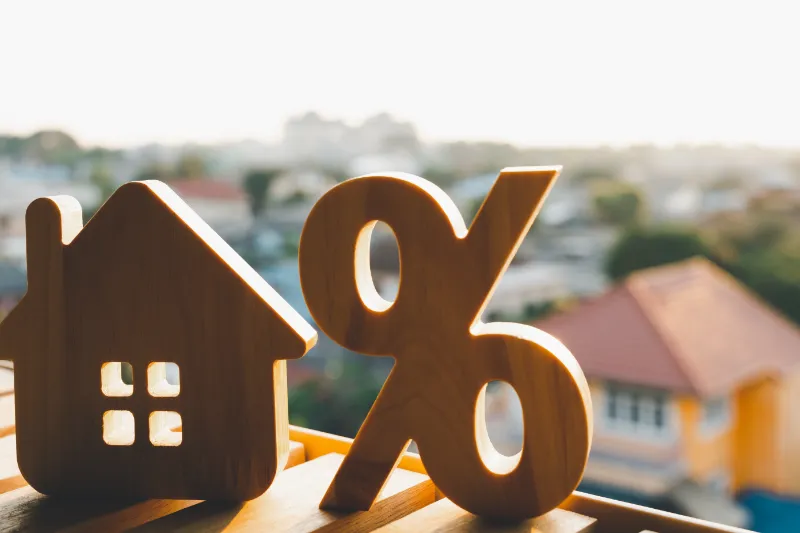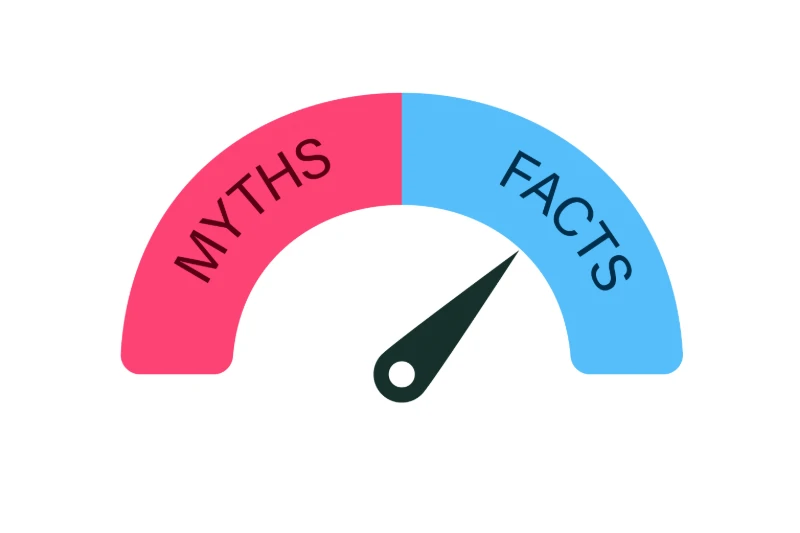When it comes to getting a mortgage, there’s no shortage of misinformation. Many homebuyers, especially…
Why Are Mortgage Rates Not Following the Fed Rate Drop?
Understanding the Disconnect
While the Federal Reserve plays a significant role in setting interest rates, the relationship between Fed rate changes and mortgage rates isn’t always straightforward. Several factors can influence this disconnect:
-
Market Expectations:
- Future Rate Changes: The market often anticipates future Fed rate moves. If investors believe the Fed will raise rates more aggressively in the future, mortgage rates may rise preemptively, even if the current Fed rate remains unchanged.
- Economic Outlook: Market sentiment about the overall economy can also impact mortgage rates. If investors expect a strong economy, they may be more willing to borrow, driving up demand and pushing interest rates higher.
-
Inflationary Pressures:
- Consumer Price Index (CPI): If inflation rises faster than expected, lenders may increase mortgage rates to offset the risk of losing purchasing power over time. This can happen even if the Fed hasn’t raised its rates yet.
- Market Uncertainty: High inflation can create market uncertainty, leading investors to demand higher returns on their investments, including mortgage rates.
-
Supply and Demand:
- Mortgage Market Dynamics: The supply and demand for mortgage loans can also influence rates. If demand for mortgages outstrips supply, lenders may raise rates to balance the market.
- Investor Confidence: If investors are less confident in the housing market, they may be less willing to purchase mortgage-backed securities, which can lead to higher mortgage rates.
-
Secondary Mortgage Market:
- Government-Sponsored Enterprises (GSEs): Fannie Mae and Freddie Mac play a crucial role in the secondary mortgage market. Their policies and activities can impact mortgage rates. For example, if the GSEs tighten their lending standards, it can reduce the supply of available mortgage funds, leading to higher rates.
-
Other Economic Factors:
- Global Events: International factors like geopolitical tensions or trade disputes can also influence mortgage rates by affecting investor confidence and the overall economy.
Why would rates rise in the short term after a Fed rate cut?
In some instances, mortgage rates may actually rise in the short term following a Fed rate cut. This can occur due to a few factors:
- Market Anticipation: If the market anticipates that the Fed will need to raise rates again in the future, mortgage rates may rise preemptively. This is especially true if the initial rate cut is seen as a temporary measure.
- Economic Uncertainty: A rate cut often signals economic uncertainty or a potential recession. In such cases, lenders may become more cautious and raise rates to compensate for increased risk.
- Investor Behavior: If investors perceive the rate cut as a sign of economic weakness, they may become less willing to invest in mortgage-backed securities, leading to higher rates.
It’s important to note that while these factors can cause a short-term rise in mortgage rates, the long-term trend typically follows Fed rate cuts.
Over time, as the economy recovers and inflation is brought under control, mortgage rates tend to decrease.
In Conclusion
While the Fed rate is a significant factor in determining mortgage rates, it’s not the only one. Market expectations, inflation, supply and demand dynamics, and other economic factors all play a role in shaping the interest rates borrowers face. Understanding these factors can help you make more informed decisions about when to refinance or purchase a home.




